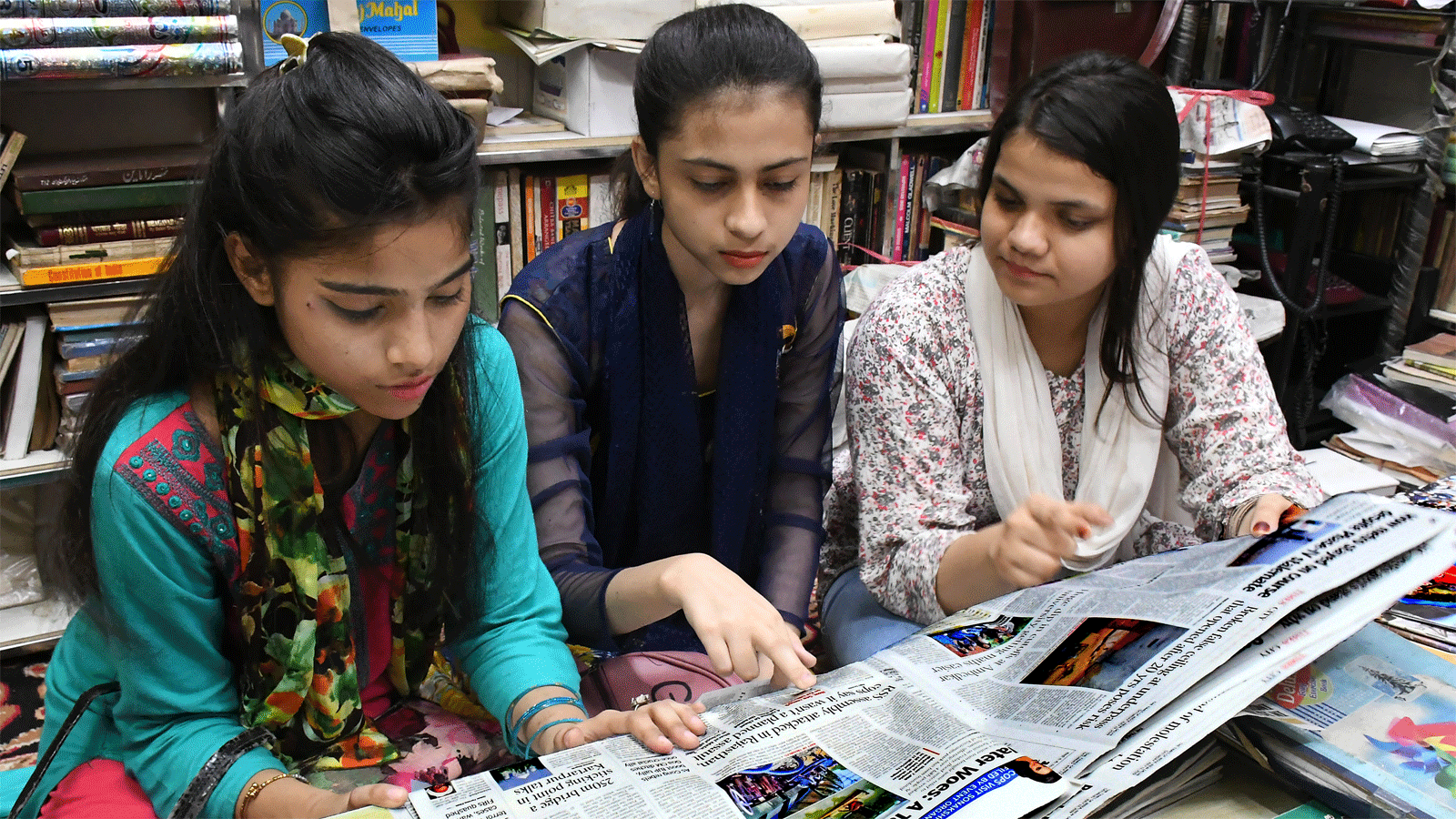NEW DELHI: With an unprecedented surge in registrations, the Common University Entrance Test (CUET) for postgraduate programs in universities across India has garnered significant attention. The National Testing Agency (NTA) announced that preparations for CUET PG 2024, scheduled to commence from March 11 and extend until March 28, have been finalized.
A staggering 462,725 candidates have registered for CUET PG 2024, marking a historic high in participation. Among these registrations, 462,587 are unique identifiers. The NTA, responsible for conducting the computer-based entrance examination, has ensured all arrangements are in place for a smooth conduct of the test, which will include multiple shifts.
Interestingly, data provided by the NTA reveals a notable trend: female registrations surpass male registrations, consistent with the previous year’s statistics. Out of the total registrations, 247,990 are from female candidates, 214,587 from male candidates, with nine registrations categorized under the third gender.
Comparing this year’s figures with previous years, it’s evident that the trend of higher female registrations has persisted. In 2022, for instance, female candidates outnumbered male candidates, a trend contrary to the inaugural year of CUET PG. These numbers underscore the evolving landscape of higher education admissions, reflecting a more balanced participation across genders.
Furthermore, 179 universities nationwide have pledged to allocate merit-based seats for CUET PG 2024 qualifiers. This diverse range of institutions includes central, state, deemed-to-be, and private universities, indicating the broad scope of CUET’s impact on higher education admissions.
Among the prominent universities embracing CUET are Delhi University, Banaras Hindu University, Jamia Millia Islamia, and Jawaharlal Nehru University. However, some institutions like Jamia Millia Islamia are yet to finalize their stance on CUET implementation for all courses. Despite a partial adoption in the previous academic year, Jamia is deliberating the comprehensive integration of CUET into its admission process.
While central universities in Delhi have embraced CUET entirely, Jamia’s decision reflects a nuanced approach, considering factors such as administrative feasibility and academic requirements. Although discussions have taken place, a conclusive decision on CUET’s full-scale adoption remains pending.
Looking ahead, CUET PG 2024 signifies a pivotal moment in India’s higher education landscape, characterized by inclusivity, transparency, and academic excellence. As preparations reach their culmination, stakeholders eagerly await the outcomes of this transformative endeavor in university admissions. With CUET poised to reshape the admissions process, the educational landscape stands on the brink of a new era, one marked by accessibility and meritocracy.
A staggering 462,725 candidates have registered for CUET PG 2024, marking a historic high in participation. Among these registrations, 462,587 are unique identifiers. The NTA, responsible for conducting the computer-based entrance examination, has ensured all arrangements are in place for a smooth conduct of the test, which will include multiple shifts.
Interestingly, data provided by the NTA reveals a notable trend: female registrations surpass male registrations, consistent with the previous year’s statistics. Out of the total registrations, 247,990 are from female candidates, 214,587 from male candidates, with nine registrations categorized under the third gender.
Comparing this year’s figures with previous years, it’s evident that the trend of higher female registrations has persisted. In 2022, for instance, female candidates outnumbered male candidates, a trend contrary to the inaugural year of CUET PG. These numbers underscore the evolving landscape of higher education admissions, reflecting a more balanced participation across genders.
Furthermore, 179 universities nationwide have pledged to allocate merit-based seats for CUET PG 2024 qualifiers. This diverse range of institutions includes central, state, deemed-to-be, and private universities, indicating the broad scope of CUET’s impact on higher education admissions.
Among the prominent universities embracing CUET are Delhi University, Banaras Hindu University, Jamia Millia Islamia, and Jawaharlal Nehru University. However, some institutions like Jamia Millia Islamia are yet to finalize their stance on CUET implementation for all courses. Despite a partial adoption in the previous academic year, Jamia is deliberating the comprehensive integration of CUET into its admission process.
While central universities in Delhi have embraced CUET entirely, Jamia’s decision reflects a nuanced approach, considering factors such as administrative feasibility and academic requirements. Although discussions have taken place, a conclusive decision on CUET’s full-scale adoption remains pending.
Looking ahead, CUET PG 2024 signifies a pivotal moment in India’s higher education landscape, characterized by inclusivity, transparency, and academic excellence. As preparations reach their culmination, stakeholders eagerly await the outcomes of this transformative endeavor in university admissions. With CUET poised to reshape the admissions process, the educational landscape stands on the brink of a new era, one marked by accessibility and meritocracy.
Denial of responsibility! Chronicles Live is an automatic aggregator of the all world’s media. In each content, the hyperlink to the primary source is specified. All trademarks belong to their rightful owners, all materials to their authors. If you are the owner of the content and do not want us to publish your materials, please contact us by email – chronicleslive.com. The content will be deleted within 24 hours.


